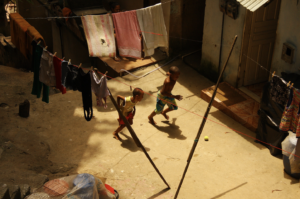
Brazilian favelas, or slum neighborhoods, are Brazil’s historically impoverished and overlooked communities. Typically located on the outskirts of the country’s largest cities, the favelas are especially prevalent in the greater São Paulo and Rio de Janeiro areas. An estimated 1.5 million people live in these favelas, lacking proper infrastructure and water systems. Crime and police killings within favelas are rampant, relative to Brazil’s affluent neighborhoods. In addition to favelas’ dangerous and unhygienic conditions, their low-income residents often lack opportunities for socio-economic growth; this is largely due to the neighborhoods’ marginalized nature. Recently, however, organizations throughout the world have brought resources to help people living in the favelas.
5 NGOs Bringing Opportunity to Brazil’s Favelas
- The Favela Foundation funds and collaborates with countless educational initiatives throughout Rochina and Rio de Janeiro’s slums. The foundation recognizes the lack of government action, realizing the importance of grassroots initiatives to assist vulnerable youth. Further, the foundation has played a major role in the success of literacy projects in favelas, launching a teacher training program specifically geared toward children in these areas.
- Catalytic Communities, or CatComm, is an NGO based in Rio de Janeiro that is dedicated to empowering favela communities through strategic advocacy, research and education. These efforts are made to ensure that impoverished residents are treated as equal citizens. A recent project, the “Casa Technology Hub,” offers internet access to these communities. The group also launched a website that publicizes the voices of favela residents who are often excluded from mainstream media. By offering funded assistance to these communities, CatComm’s initiatives have been effective in bringing opportunity to Brazil’s favelas.
- Community in Action focuses its efforts on education development in Rio de Janeiro, working to elevate the lives of both children and adults in the favelas. Programs include extracurricular sporting events, childcare and vocational training for adults trying to enter the workforce. Since 2004, the NGO has offered these individual and group programs, resulting in countless foreign volunteers serving more than 10,000 people living in favelas.
- ActionAid is a UK-based NGO that aims to empower women and girls. The organization has made significant efforts in Brazil’s favelas, recognizing that female inhabitants are a marginalized group within an already marginalized community. They are often the victims of violence and sexual exploitation within favelas, as many young girls resort to prostitution to improve their circumstances. ActionAid provides therapy and educational courses to empower these women and give them the skills they need to enter the workforce. Each of ActionAid’s programs works toward its greater mission of gender equality, one favela at a time.
- The Brazil Foundation has raised $53 million for over 625 grassroots organizations throughout hundreds of Brazilian cities, since its founding in 2000. In addition to partnering with and funding NGOs that promote social and economic opportunity in Brazil, the Brazil Foundation offers each organization unique training to ensure the sustainability of its projects. The foundation’s thematic approach categorizes the organizations it supports in categories ranging from socio-economic development to health. This makes certain that the foundation distributes its funding and assistance to diverse groups in an organized and effective manner.
Since the turn of the century, these five organizations have worked tirelessly to bring opportunity to Brazil’s favelas. They aim to counteract the inequality and opportunity gaps between Brazil’s wealthiest citizens and regions, and impoverished favela inhabitants. With about one in every 20 Brazilians living in a favela, the role of these NGOs is growing and becoming more vital to bringing opportunity to Brazil’s favelas.
– Breana Stanski
Photo: Flickr
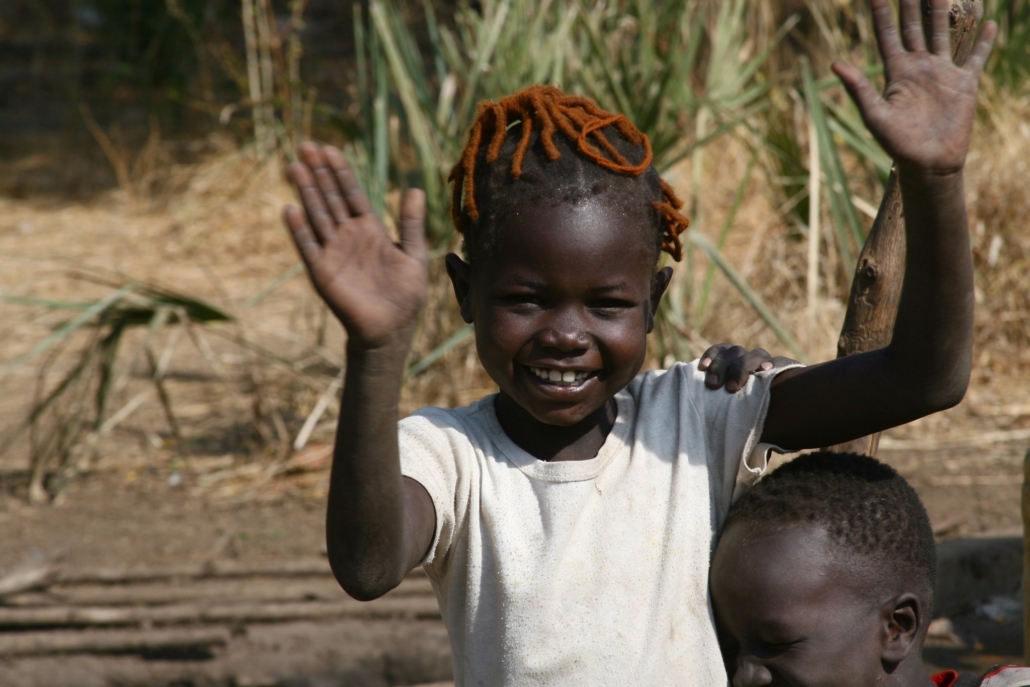
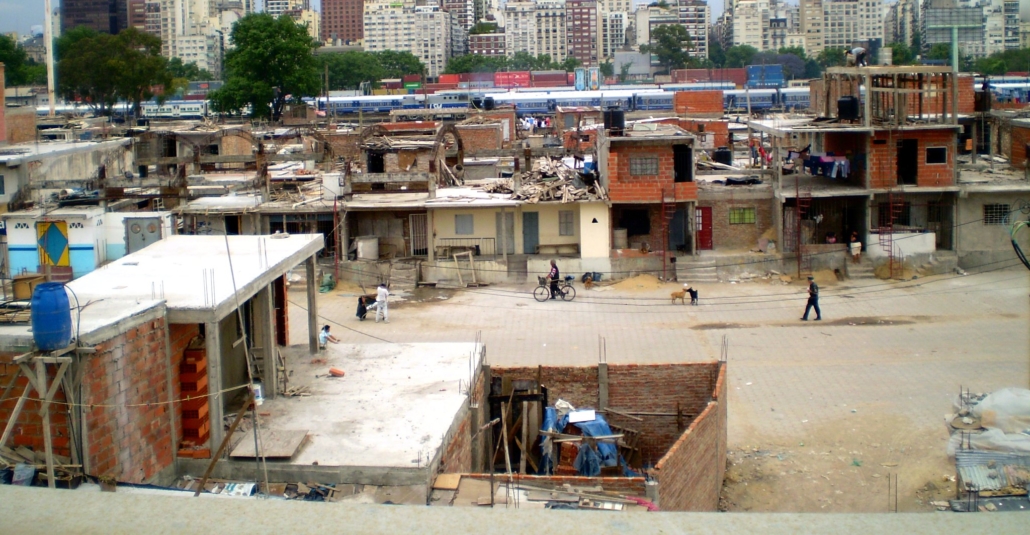
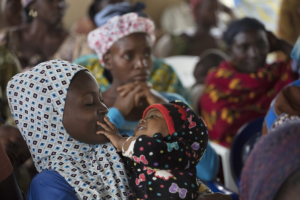 Marie Stopes International Nigeria recently
Marie Stopes International Nigeria recently 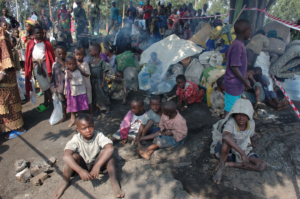
 As of 2017, the poverty rate in Jamaica
As of 2017, the poverty rate in Jamaica 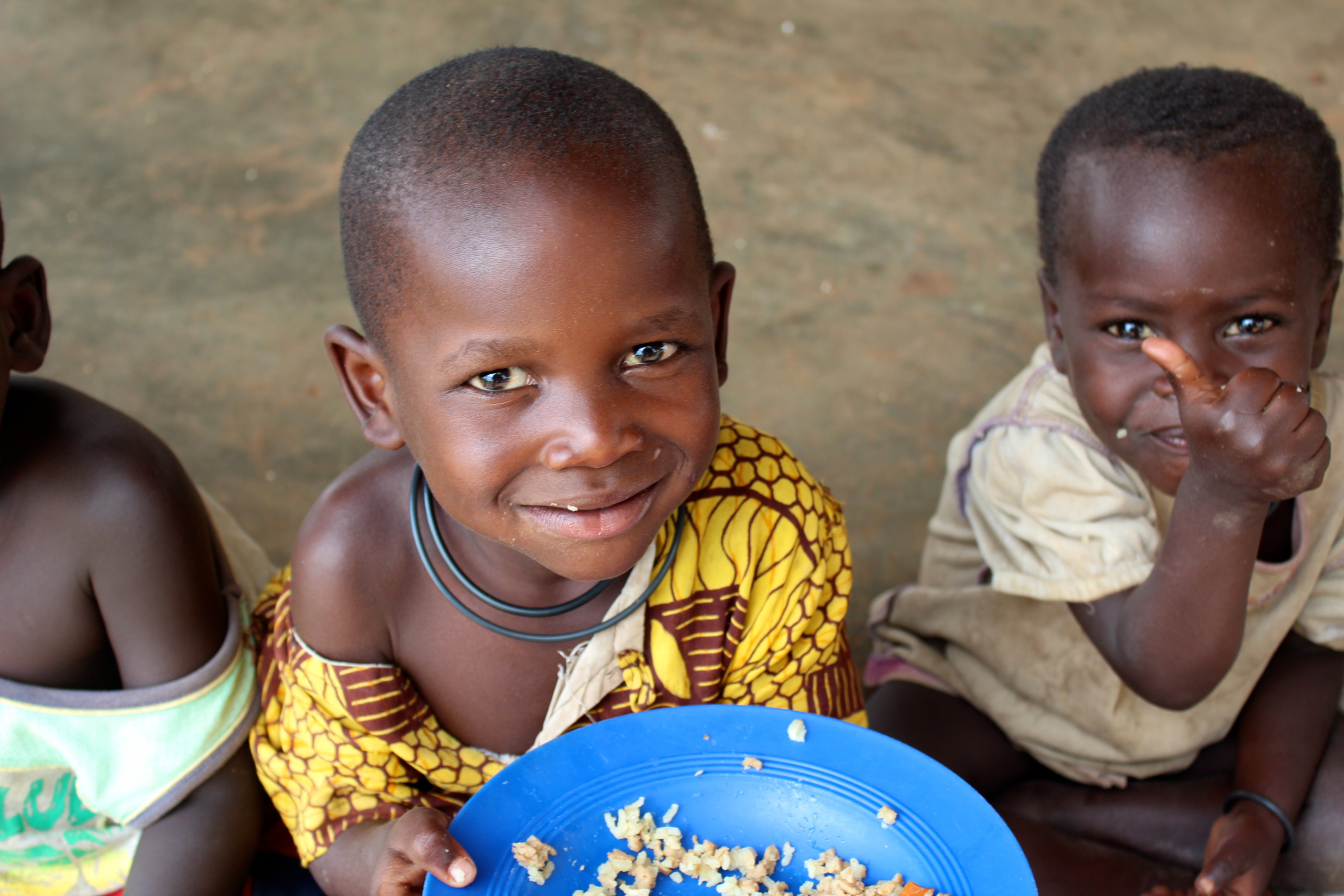
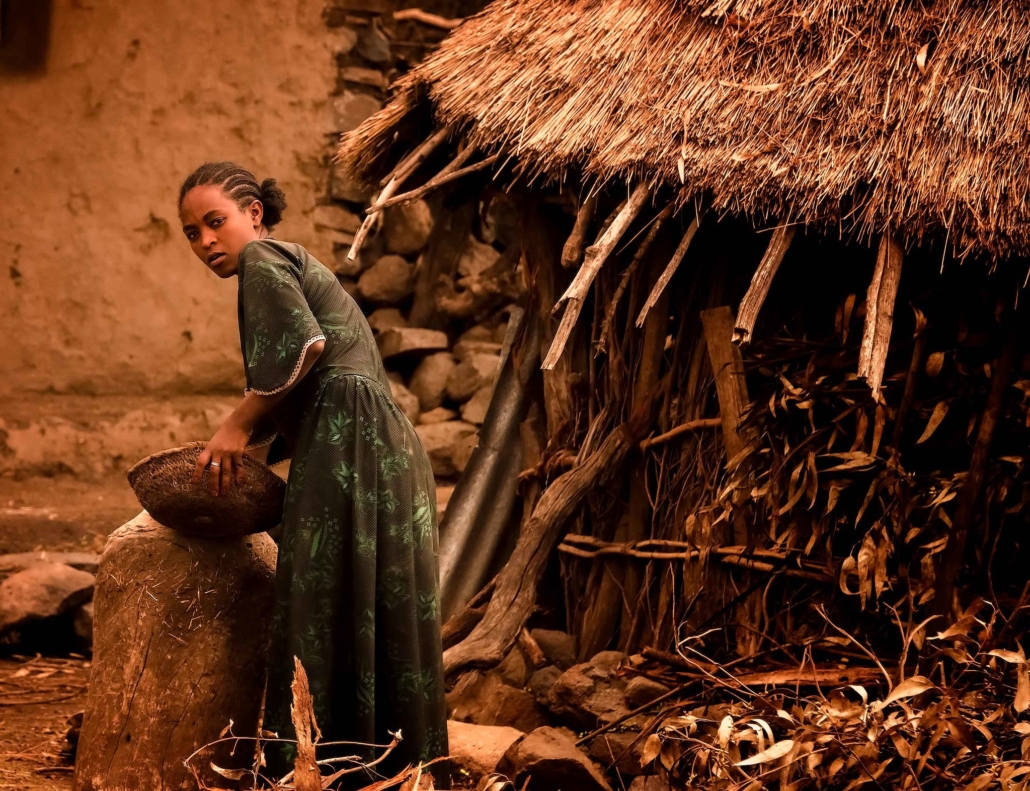
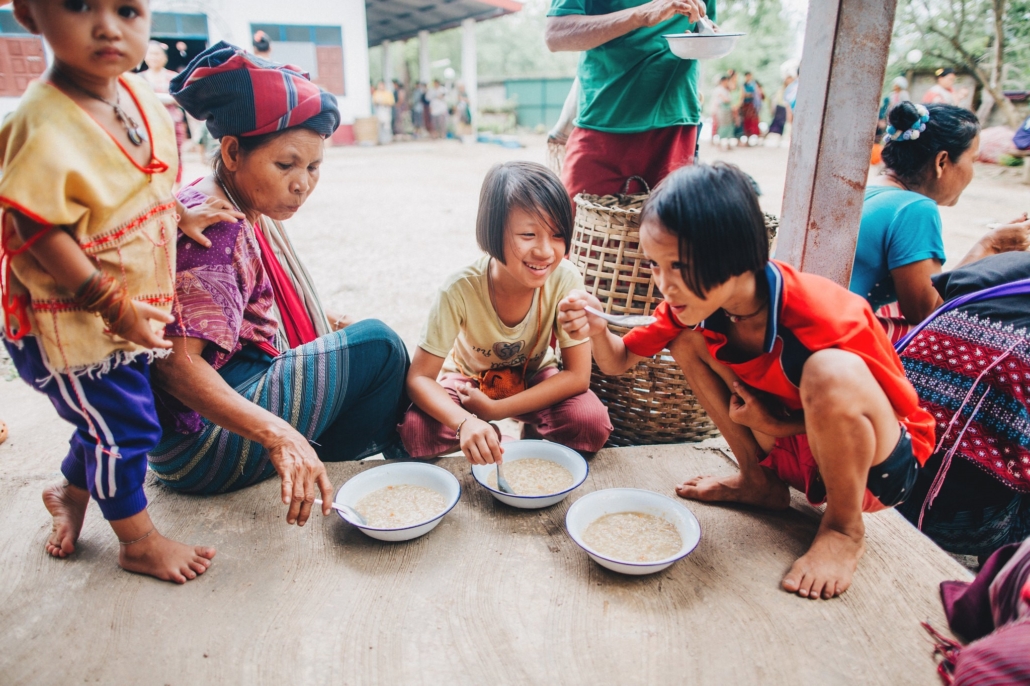
 In
In 